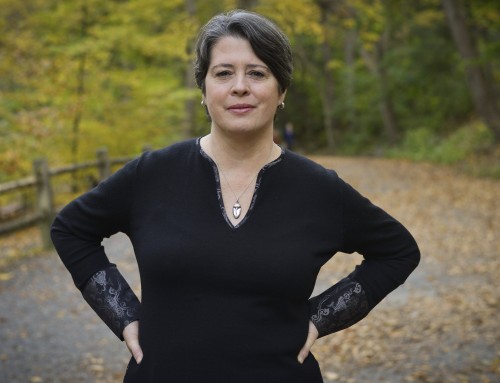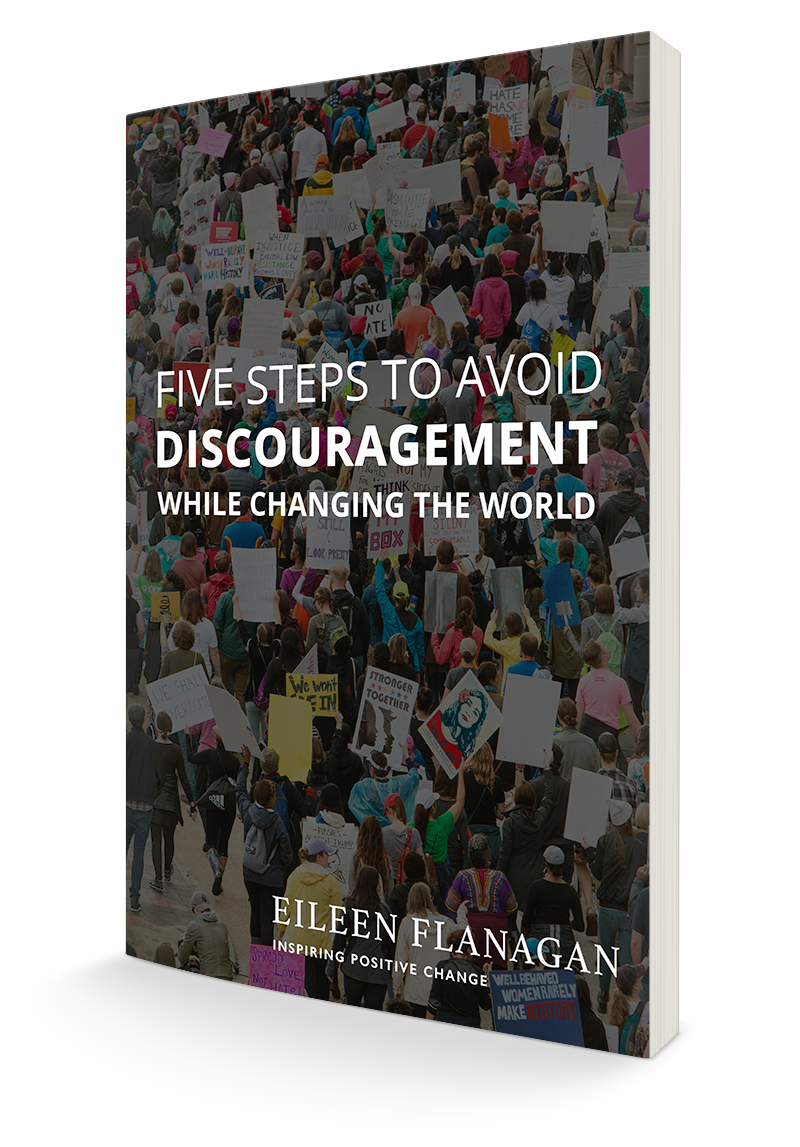Tomorrow will be the sixth Mother’s Day that involves visiting my mother’s grave, rather than cooking for her. It comes at a time when I’ve been thinking about my ancestors, her family in particular, and boy have I got some questions. I had always wanted to learn more about my roots, so when a little time opened up this spring, I went down to the basement and dug up the family tree started by a man I had never heard of. It turns out he’s my 76 year-old second cousin, with whom I’m now in email contact.
The tree follows the descendants of Patrick McEnroe and Rose Brady, who married in 1846 during the Irish Potato Famine and had five children before Patrick died at age 30. My cousin’s notes say that Patrick’s brother Cornelius helped Rose to raise the children, one of whom was my great grandfather, James, who married a woman named Ellen Clarke. James and Ellen had nine children, five of whom emigrated to the United States, including my mother’s mother, Margaret McEnroe, who according to the Ellis Island records arrived in 1898 with $7.20 and the plan of becoming a servant in Chestnut Hill, Philadelphia.
There a many free records on the Internet (including Ellis Island’s), so I started supplementing the dry names and dates on the family tree with whatever details I could find online. It was confusing because all the McEnroes named their sons Patrick and John, with the occasional Cornelius and James, and they all seemed to come from the same country in Ireland, which saw a fifty per cent drop in population during these years from a combination of starvation, disease, and emigration, much of it involuntary since landlords used the famine as an excuse to evict their poor tenants. When we were in Ireland, I learned that the place my grandmother was from is no longer on the map because the village was wiped away in the 1840s. Ever since, I’ve been wondering what it’s like to come from somewhere that was so decimated in your parents’ lifetime. What ghosts lurk there?
I had also heard a story about my grandmother Margaret that never quite made sense: according to my mother, her mother’s family had gone to visit cousins when Margaret was about three. There was a big storm, and they didn’t want to travel with a little one, so they left her there. She liked it, so she stayed—until she was 17 and got on the boat alone to America. I always thought there was something missing in this story, some secret buried in it. I haven’t been able to find out whom Margaret was living with, since many of the 19th century Irish census records were lost, but I did find another bit of interesting information. According to the 1901 Irish census, my great grandmother Ellen was a “lunatic.”
I can’t help thinking it’s because she had nine children in what by 1911 was a three-room house (It may have been smaller earlier). Of course, she didn’t mind if one went to live with cousins, though I can’t imagine what it would be like to watch five of them emigrate across the Atlantic. Interestingly, Ellen is not listed as a “lunatic” on the 1911 census, though a few years later her youngest child, also named Ellen, committed suicide at age 19. Ellen senior died six months later.
What I’m wondering this Mother’s Day weekend is, What did my mother know, and when did she know it? She never talked about her mother’s parents, though she told my second cousin that she had the impression her grandfather James was “severe.” Did my mother know her aunt had killed herself or that her grandmother was…suffering from something? And whether she knew it or not, what did these women pass down to me from a family history that must have contained trauma? It puts a different spin on my decision to become a Quaker, since the Quakers were known as the only English group that truly helped the Irish during the famine. It’s also strange that I ended up a member of the meeting in Chestnut Hill, the neighborhood where my grandmother came to be a servant.
 I’m not quite sure what any of this has to do with my spiritual growth, but I sense there is something. I’ve been moved by the various ways I can view my family tree on the computer program where I’ve now entered people from both sides of my family. I can view them as a chart, a circle or as the mobile to the left, which highlights Patrick McEnroe. It makes me feel connected—not just to my own ancestors, but to everyone in the world, as this web expands further and further the more names I enter.
I’m not quite sure what any of this has to do with my spiritual growth, but I sense there is something. I’ve been moved by the various ways I can view my family tree on the computer program where I’ve now entered people from both sides of my family. I can view them as a chart, a circle or as the mobile to the left, which highlights Patrick McEnroe. It makes me feel connected—not just to my own ancestors, but to everyone in the world, as this web expands further and further the more names I enter.
Next weekend I’m looking forward to attending Amanda Kemp’s Pendle Hill workshop, The Ancestors Are Calling You.” Maybe they have some answers for me.




Family secrets… somehow wanting our families to be perfect… whatever the definition of "perfect" is in our century, or decade. It's been a fascinating journey for me to flesh out the names and dates on the census pages… and eerie sometimes how the stories resonate in our own lives – secrets and all. 🙂 Happy Mother's Day!
You, too, Sue! I don't think I ever wanted my family to be perfect, just understandable. I was strangely excited to find I had a lunatic great grandmother. Maybe it's the Irish writer in me, always looking for a good story, always trying to fit the pieces together. I just kind of want to know who these people are and how we all got the way we are.
Eileen, I am also a Quaker, and also have been doing a little research regarding my family roots. It is humbling to discover the obstacles our ancestors had to live with. I wrote about this in my own life on April 4 in a blog called "My Determined Grandmother," at http://www.sinktotheseed.blogspot.com.
Many blessings and good wishes on your ongoing journey of family and self-discovery.
Dear Merry, Thanks so much for sharing the moving story about your grandmother. How bittersweet. Good to connect with you online.
Eileen